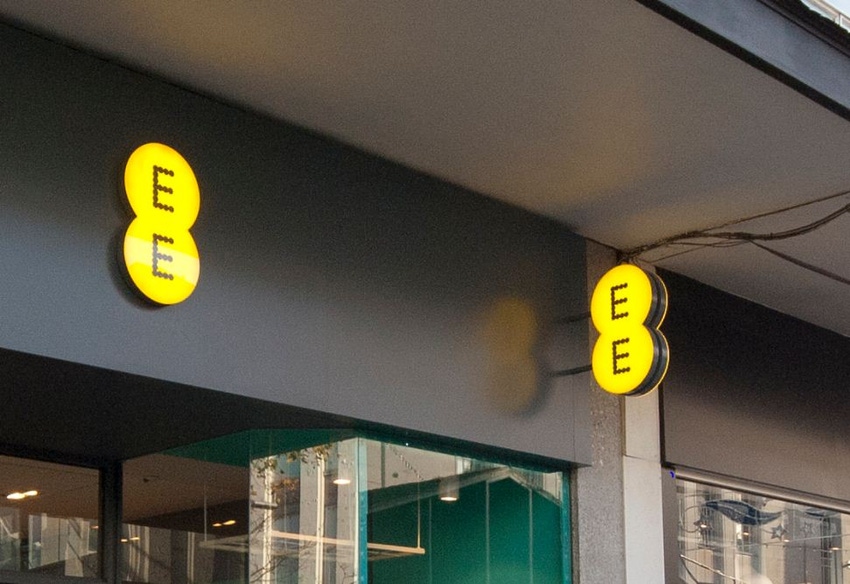To keep two brand identities separate is a risky decision. It could be interpreted as an assumption that the other company is just like us and therefore there’s no need for deeper cultural understanding. But this is one of the most common reasons for mergers to fail.
February 16, 2016

Telecoms.com periodically invites expert third parties to share their views on the industry’s most pressing issues. In this piece Matt Bagwell, managing director of Naked Communications explores the importance of brand meaningfulness in light of BT’s decision not to get rid of the EE brand.
After a great deal of industry speculation, it looks as though BT will keep the EE brand alive post-acquisition. Typically, following a merger or acquisition, the two brands unite under one name such as Dixons-Carphone or United, following the coming together of United and Continental Airlines.
To keep two brand identities separate is a risky decision. It could be interpreted as an assumption that the other company is just like us and therefore there’s no need for deeper cultural understanding. But this is one of the most common reasons for mergers to fail.
I suspect BT has taken a similar decision to the one that Unilever took when it bought Ben & Jerry’s ice cream in 2000. At the time, Ben & Jerry’s was a trail-blazer for socially responsible brand-ownership. It held real meaning amongst its customers and if anything, Unilever felt it could be more like Ben & Jerry’s than the other way around, evidenced by the launch of Unilever’s Sustainable Living Plan a few years later, which targeted halving the environmental impact of its products over a ten-year period.
When EE came into the market, it positioned itself as a champion of 4G, giving meaning to people’s daily lives by helping them to connect faster and remove what Kevin Bacon called ‘Buffer Face’.
This brand meaningfulness saw EE gain a 33.8% market share in a highly competitive market.
On the flip-side, BT could do with a shot of meaningfulness, as it has become more associated with its products and less about how the brand could enrich our daily lives.
Its BT Sport channel for example was reportedly pressured into offering free-to-air coverage of Champions League football by UEFA’s marketing agency, Team, who didn’t want the entire competition behind a paywall. As a result, a half-hearted approach has seen dismal viewing figures for BT’s Showcase channel, when it had every opportunity to tell football fans how it would enrich their lives by giving away Champions League coverage for free.
For brands to survive and thrive these days, they have to connect with customers on more meaningful levels by presenting them with an authentic and genuine purpose – a reason to exist beyond just generating profits.
A clear purpose signals the brand’s motives to customers and employees alike – irrespective of how emotional or rational the category may be.
In a market where the state-of-the-art is always improving, it is unwise to define your brand’s purpose in terms of any particular technology or platform.
Were Orange still around in the UK today, its 1994-era manifesto for a world without wires would jar with the goal of selling fixed line voice and broadband subscriptions as part of a Quad Play bundle.
Specific product innovations are typically launched by every brand more or less simultaneously, which can make it more difficult for brands to maintain distinctiveness since they often tend to talk about the same things at the same time. In EE’s situation it is picture messaging and 4G on mobile.
The common technology roadmap therefore imposes a degree of similarity across every brand.
That is why a compelling brand purpose is so important.
A strong brand purpose can also act as a rationale for consumers that makes sense of why a brand is expanding out of its original area of operations: because it exists to address a need that’s broader than just that one service type.
BT needs the more meaningful EE brand to live up to its mantra of ‘Using the power of communication to make a better world’, and likewise they will need to maintain the purpose behind the EE brand, as running “the biggest and fastest mobile network”.
Sticking to both messages behind each brand is the best way for both to succeed, particularly for EE as part of the BT fold.
 Joining Naked in 2015, Matt provides both strategic and creative leadership expertise, having led both disciplines in both consultancies and agencies around the world. Matt has delivered award-winning work for clients including Barclays, Nike, Mercedes-Benz, Tesco, Vodafone and Virgin Media – to name but a few.
Joining Naked in 2015, Matt provides both strategic and creative leadership expertise, having led both disciplines in both consultancies and agencies around the world. Matt has delivered award-winning work for clients including Barclays, Nike, Mercedes-Benz, Tesco, Vodafone and Virgin Media – to name but a few.
Read more about:
DiscussionAbout the Author(s)
You May Also Like








.png?width=300&auto=webp&quality=80&disable=upscale)


_1.jpg?width=300&auto=webp&quality=80&disable=upscale)


.png?width=800&auto=webp&quality=80&disable=upscale)